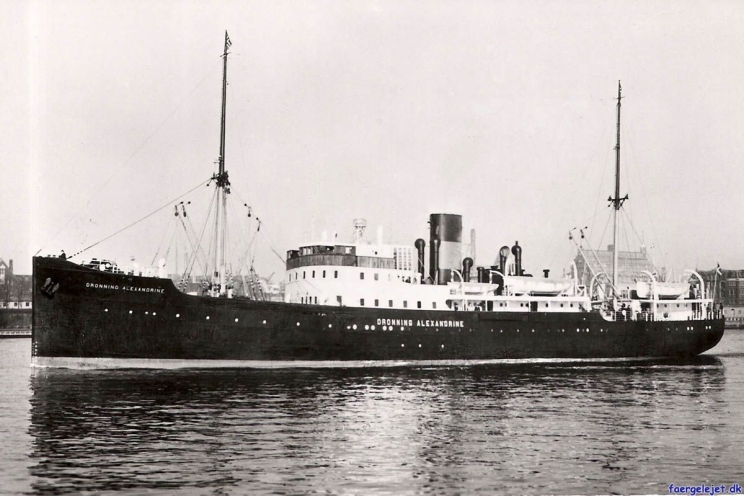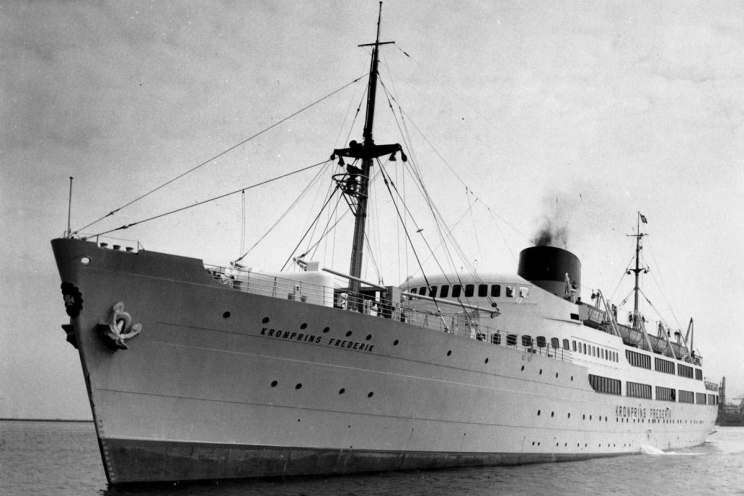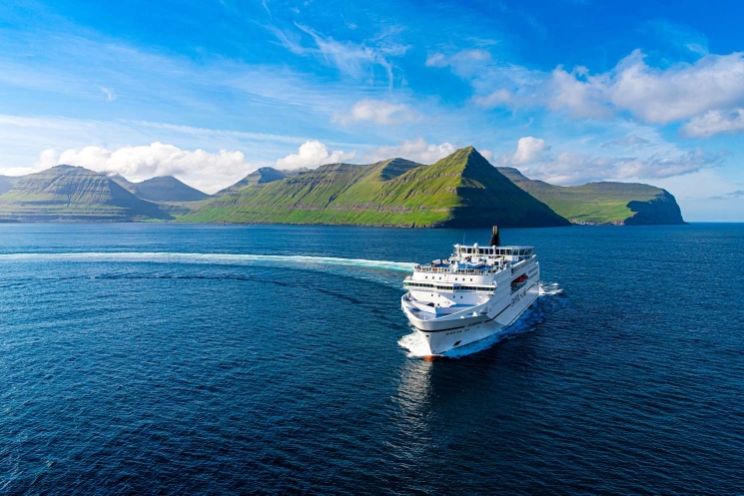The history of the company
Smyril Line's primary workarea is travel and freight transport in the North Atlantic.
Smyril Line was founded in 1982 by ship officers working onboard the ferry M/F Smyril. They purchased the ferry Gustav Vasa, named it M/S Norröna, and in 1983 Smyril Line started sailing M/F Smyril’s old route.
Smyril Line is today a well-reputed travel and shipping company.
The current M/S Norröna entered service in April 2003. Since she came in the Faroese fleet M/S Norröna has been gradually updated. At the turn of the year 2020/2021 a major modernization of M/S Norröna was carried out. The number of cabins increased with 50 cabins and on deck 10 a new café was built. The total number of cabins is now 366, furthermore there are 30 couchette rooms. In addition to these major changes, renovations were made throughout the whole ship.
M/S Norröna is 36.976 BRT, she is 165,7 meters long, 30 meters wide and can sail at a speed of 21 mile per hour.
Smyril Line also owns and runs Smyril Line Cargo, which has three cargo vessels in the fleet: Akranes, Mykines and Glyvursnes. For further information about Smyril Line Cargo, please visit cargo.fo.
In addition to the vessels and the office in the Faroe Islands, Smyril Line also owns Smyril Line Travel A/S in Denmark. This company runs the activities in Kiel in Germany.
The major shareholders in Smyril Line are P/F 12.11.11 (59,5%), Føroya Landsstýri (16,2%) and Framtaksgrunnur Føroya (6,3%). The smaller shareholders own 18% in total. The total share capital is 112.012.332 DKK.








